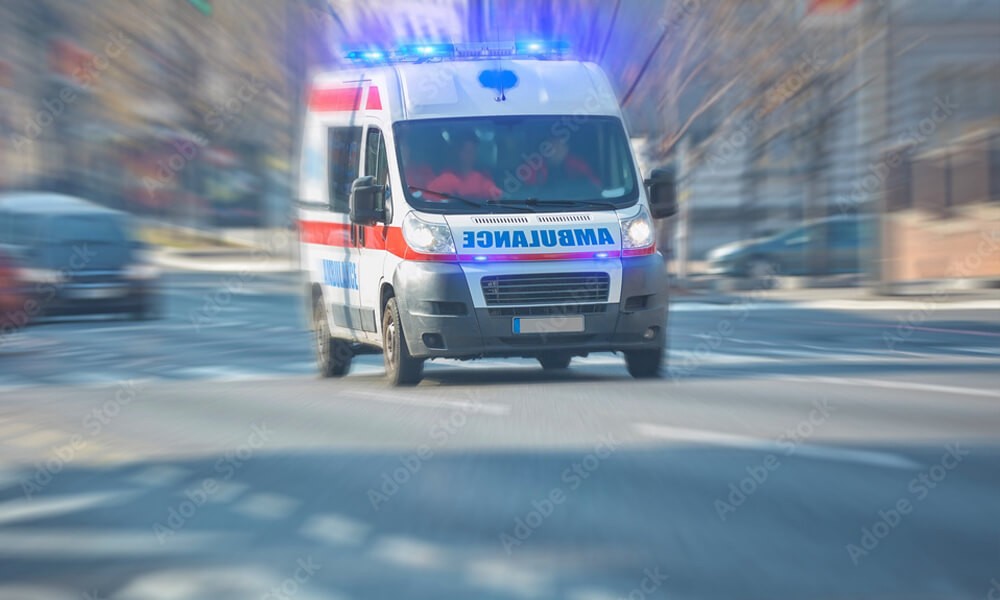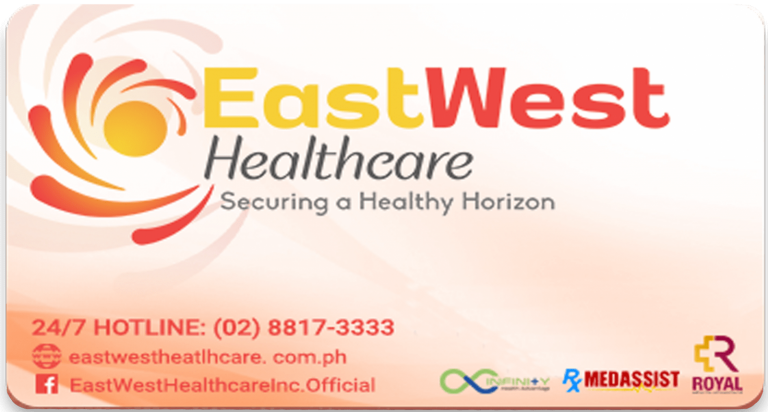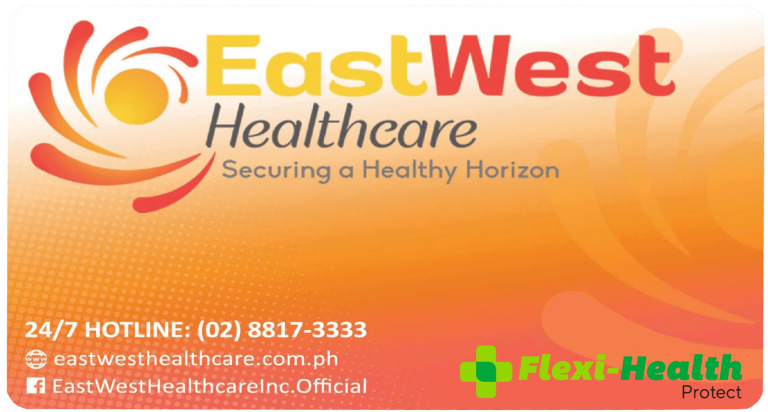
- What Do We Know About Road Safety Month?
With road safety plans in effect, the Philippines continues to enforce greater measures to decrease the number of road issues and incidents. Under Proclamation No. 115-A, May is declared to be Road Safety Month 1 in the country. It is commemorated to promote responsible road use, raise awareness of the economic costs involved, and prevention of overall mishaps among road users.
- Road Incidents and Fatalities: A Snapshot
The World Health Organization (WHO) 2 stated that the increasing “motorization and urbanization” of the Philippines has contributed to the increase of 55% of registered two to three-wheelers in the country, with emphasis on motorcycle accidents making up the majority of traffic crashes and injuries.
In addition, the World Bank Group and Global Road Safety Facility’s Road Safety Profile on the Philippines states that 77% 3 of road crash fatalities and injuries are in the age groups 15 – 65 years old; while a 3:1 male to female ratio ages 15 – 49 is the most vulnerable to fatalities.
This snapshot complements a report from Inquirer.net that mentions the increasing incidence of vehicular catastrophes in the National Capital Region (NCR) as of 2017 — and out of the 63,072 4 reported cases by the Metro Manila Accident Reporting and Analysis System (MMARAS), 434 led to deaths, 19, 374 to injuries, and 94,097 accounted for damage to properties.
The common denominators for these incidents were drunk driving, non-wearing of seat belts, reckless driving, non compliance with traffic rules, and more.
- Pillars of Safety
The staggering number of fatalities and injuries triggered an ever stronger (and imperative) road safety plan to address this national issue.
The Land Transportation Office (LTO), in line with the Department of Transportation (DOTr)’s Public Utility Vehicle Modernization Program (PUVMP), has been initiating safety measures at national and regional levels.
This led to the agency-identified five (5) pillars 5 of road safety:
- Qualified Drivers: Refers to individuals with sufficient driving skills and knowledge of road safety courtesy; passers of LTO theoretical and practical exams.
- Roadworthy Vehicles: Vehicles with relevant parts that are working well and comply with the standard and international safety standards.
- Traffic Discipline: Compliance with traffic laws or a code of behavior.
- Community Relations: Mutually beneficial relationships with communities within the operating organization.
- Legislative Initiative: Competent governing body or institutions to introduce or consider laws, amendments, or repeal existing legislation.
The road safety advocacy “must stand by the 5 Pillars,” states LTO.
- Preventing Common Road Accidents
While there exist many factors in road incidents, human error accounts for most of them. Here are some of the most known issues on the road with tips 6 on staying away from danger.
SINGLE-VEHICLE ACCIDENTS
- Do NOT drive when the roads are slippery and wet. Pay attention to the weather and drive at speeds that allow you to be in control. In the Philippines, especially, it’s common to have unpassable or flooded roads.
- Avoid hydroplaning at all costs.
- This is a no-brainer, but keep your eyes on the road and if possible, do not engage in calls or texts while riding.
INTERSECTION ACCIDENTS
- To avoid accidents at intersections, practice defensive driving.
- Avoid distractions and do not miss traffic signals.
- Look out for pedestrians and other drivers, especially when approaching a yellow light.
BACKING ACCIDENTS
- Do a quick assessment of your environment.
- Look out for traffic patterns.
- If possible, back out most shortly and directly.
- ALWAYS use your mirrors and brakes until you’re out of the spot.
REAR-END ACCIDENTS
- Make sure your brake lights work7.
- Leave more space between your vehicle and the one in front of you.
- Brake slowly — break early and stop to see if you’re slowing down when coming to a red light.
- What to do incase of Road Accidents
The Metro Manila Development Authority8 has provided a guide on how to navigate road safety issues.
![HEADER [pexels-meo-fernando-3214989] (1) - Eastwest Healthcare, Inc - Eastwest Healthcare, Inc](https://eastwesthealthcare.com.ph/wp-content/uploads/2022/05/HEADER-pexels-meo-fernando-3214989-1.jpg)
IN CASE OF MINOR ACCIDENTS
- The primary concern after any accident is everyone’s safety, so alight the vehicle as soon you can.
- Take photos of the situation for documentation of the situation.
- Do NOT cause traffic and slowly pull the vehicles out of the road immediately and turn on your hazard light to be more visible.
- Do NOT leave the scene of the incident — even minor ones — until everything is resolved with everyone.
- Talk to the other party involved. Avoid losing your temper and jot down all important details like names, addresses, and contact information.
- Reach an amicable agreement for a plan and call the MMDA hotline at 1-3-6 or ask enforcers to mediate and do NOT leave until investigators give you the green light.
- With all those steps done, check the damage on your vehicle and check in on anyone involved and get your insurance agents immediately.
IN CASE OF MAJOR ACCIDENTS
- Check for injuries on everyone tangled in the accident.
- Regardless of the seriousness of injuries, call the MMDA hotline at 1-3-6 and ask for a medical team as soon as you can.
- Documentation is of utmost importance so take photos of the incident (both vehicles).
- Move your vehicles to the side as it can cause multiple collisions, especially in cases of “two-car fender bender.”
- Let the investigators lead the situation and cooperate on the scene.
- Exchange primary details like names, addresses, phone numbers, and insurance information like insurance company names, policy numbers, driver’s license numbers, plate numbers, and descriptions of vehicles down to make, model, year, and color.
- Call your insurance company and give them your version of the situation.
- File a corresponding police report.
In any case, stay prepared and plan with a coverage that gets you the Freedom to Choose.
EASTWEST HEALTHCARE remains committed to removing barriers to access healthcare for all to drive better health outcomes.
With a vast and nationwide network of empowered caregivers dedicated to healthcare management, we are able to harness practical solutions and provide better healthcare results to secure a healthy horizon for Filipinos, one patient at a time.
- References
1 Posted by Eagle News Contributor. (2016, May 12). Road Safety Month. Eagle News. Retrieved May 19, 2022, from https://www.eaglenews.ph/road-safety-month/
2 Philippines | GRSP | global road safety partnership. (n.d.). Retrieved May 19, 2022, from https://www.grsproadsafety.org/programmes/countries/philippines/
3 Philippines. World Bank Group. (n.d.). Retrieved May 19, 2022, from https://www.roadsafetyfacility.org/country/philippines
4 BrandRoom, I. N. Q. U. I. R. E. R. (2018, August 22). What you need to know about road safety in the Philippines. INQUIRER.net. Retrieved May 19, 2022, from https://business.inquirer.net/255709/need-know-road-safety-philippines
5 LTO Road Safety Action Plan – Land Transportation Office. (n.d.). Retrieved May 19, 2022, from https://lto.gov.ph/images/Advisory/LTO-ROAD-SAFETY-ACTION-PLAN.pdf
6 7 common car accidents and how to help avoid them. Travelers Insurance. (n.d.). Retrieved May 19, 2022, from https://www.travelers.com/resources/auto/safe-driving/7-common-car-accidents-and-how-to-avoid-them
7 todayscollision609. (2017, December 13). How to avoid rear end collisions: Today’s collision. Todays Collision Repair Centers. Retrieved May 19, 2022, from https://todayscollision.com/2017/10/avoid-rear-end-collisions/
8 Govph. What To Do During Vehicular Accidents. (n.d.). Retrieved May 19, 2022, from https://mmda.gov.ph/20-faq/300-what-to-do-during-vehicular-accidents.html






